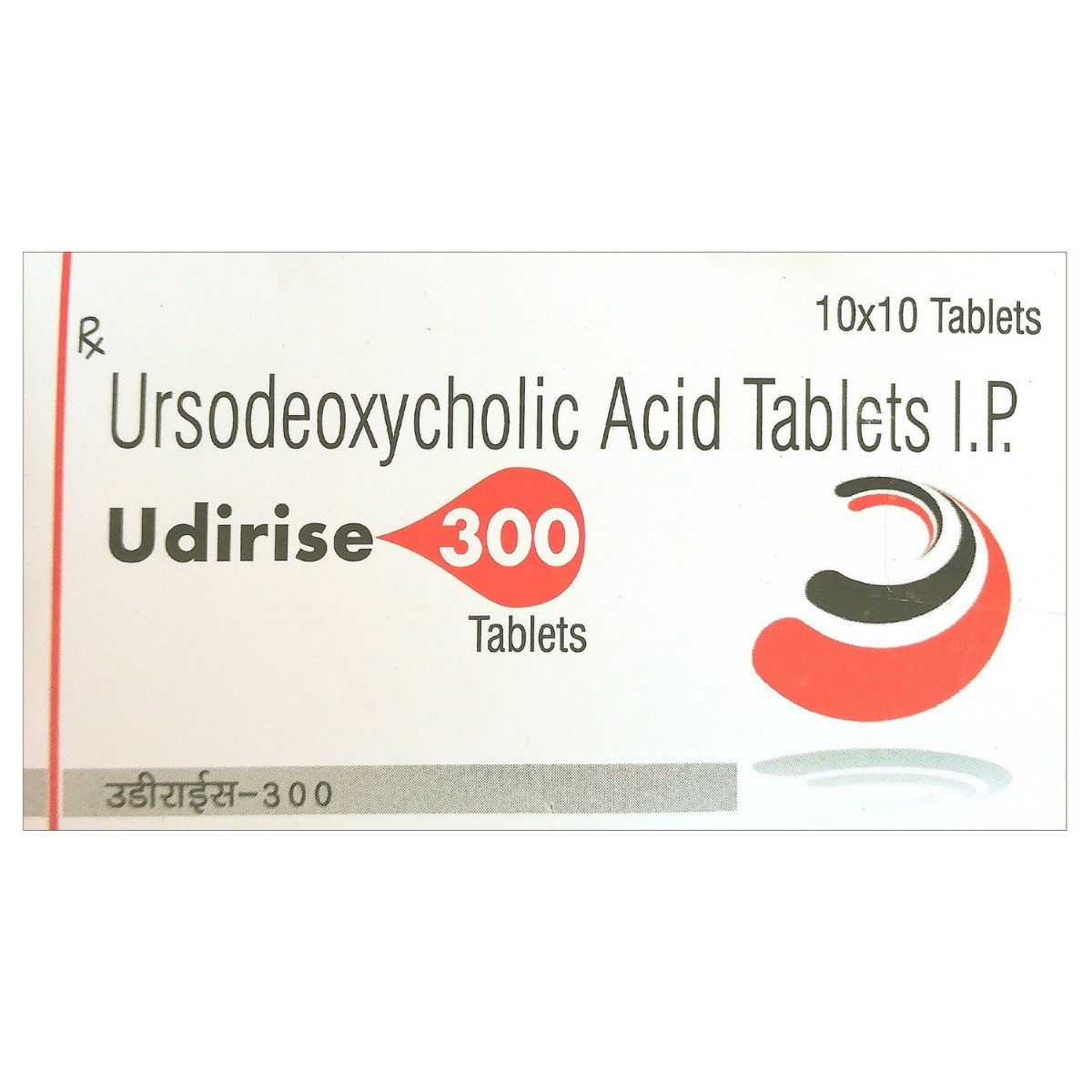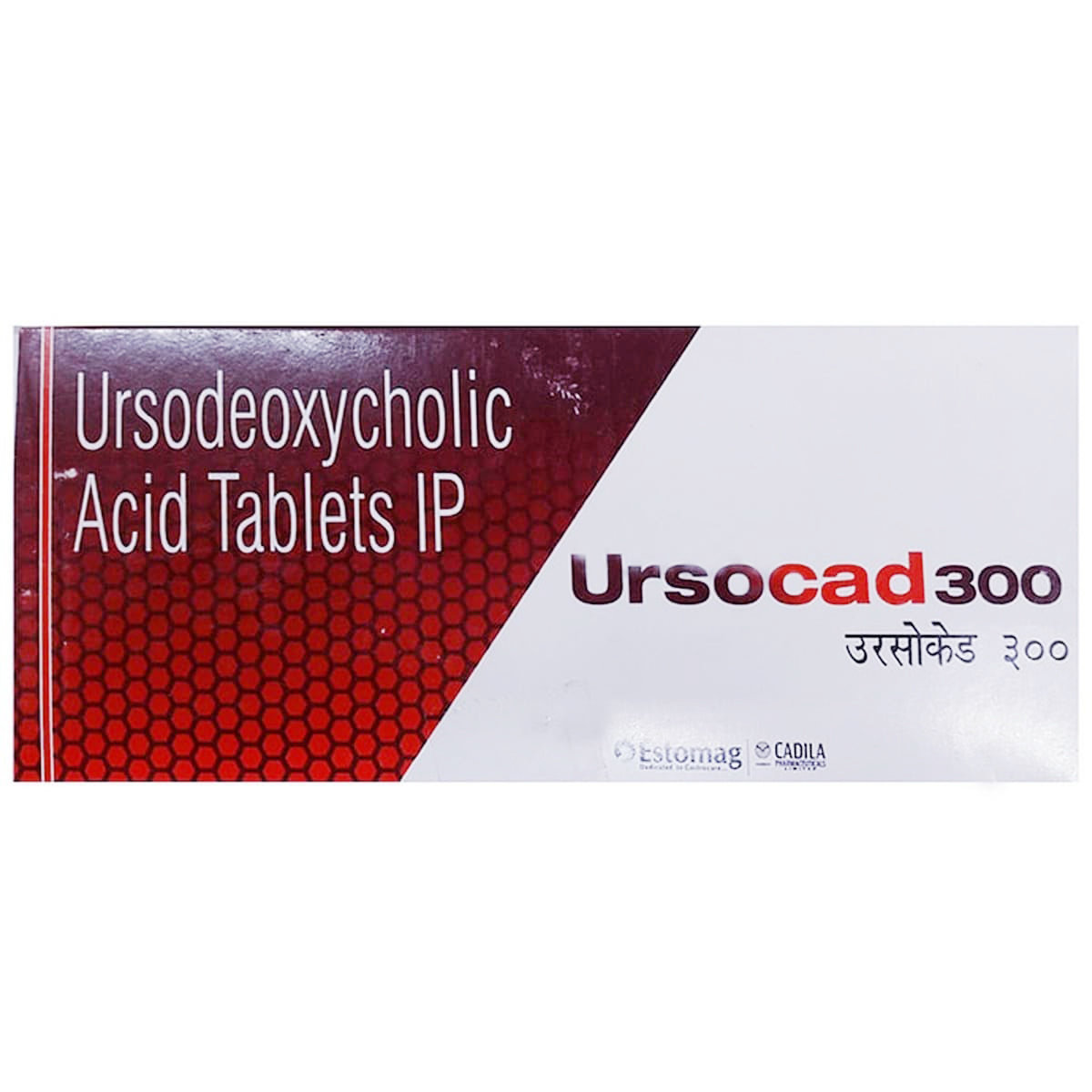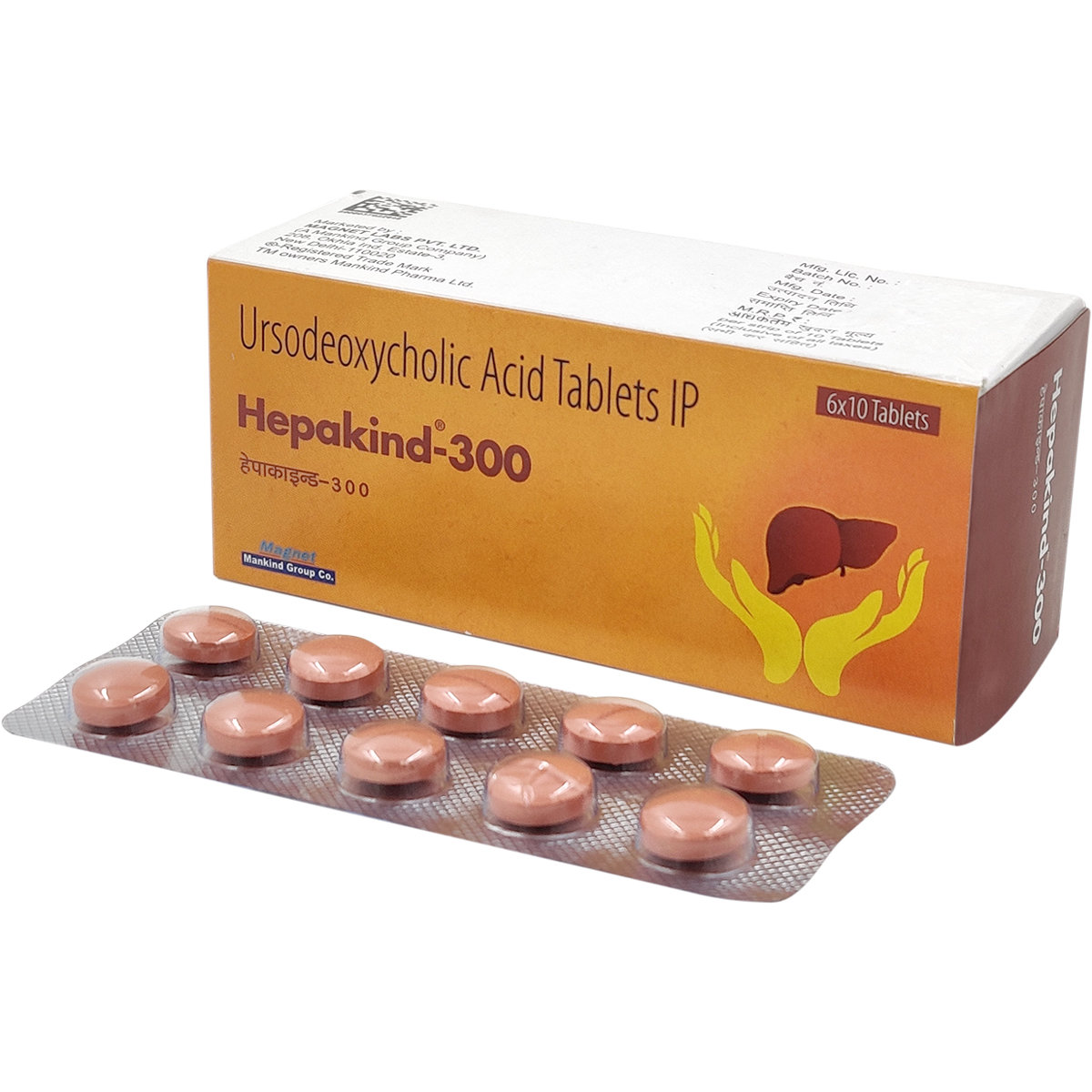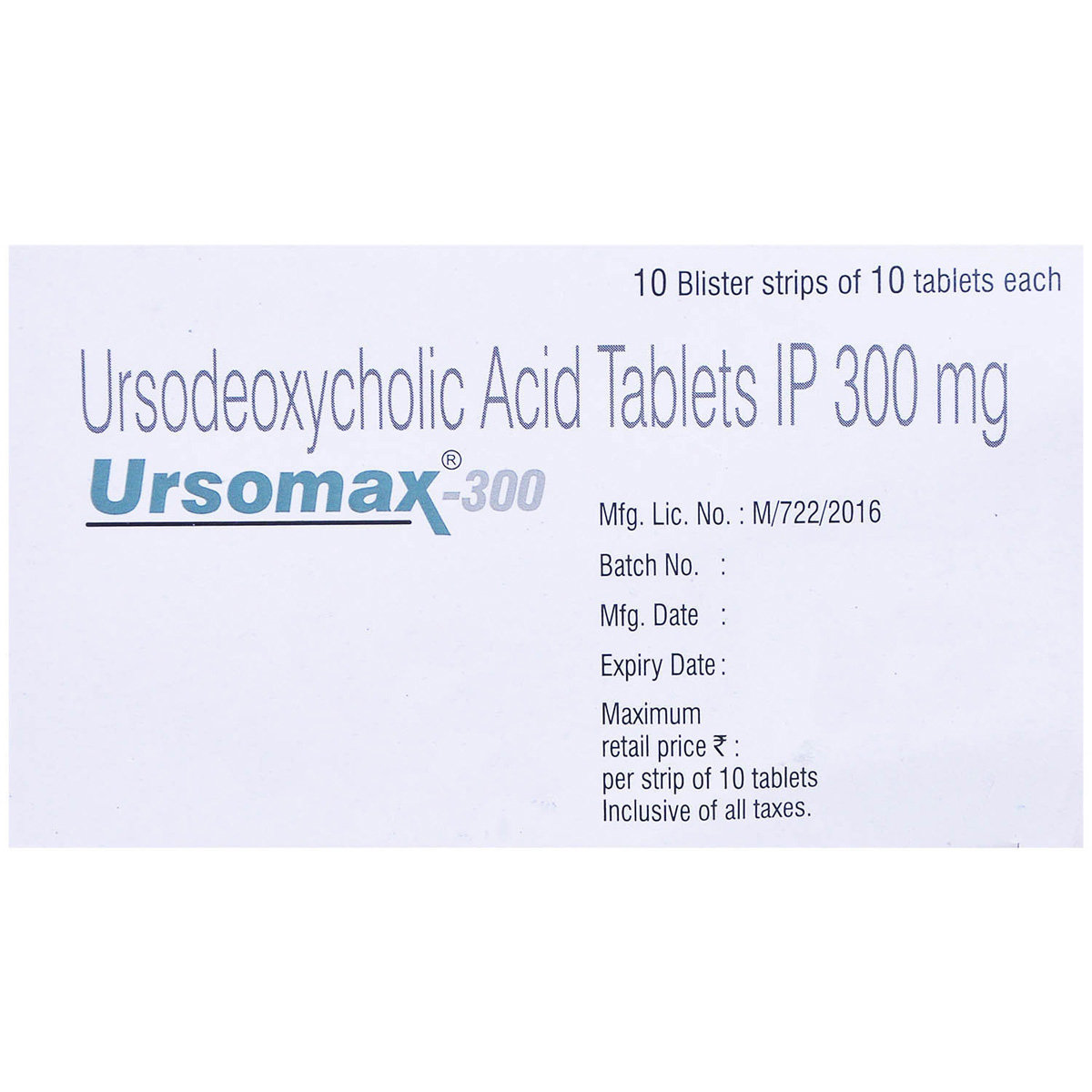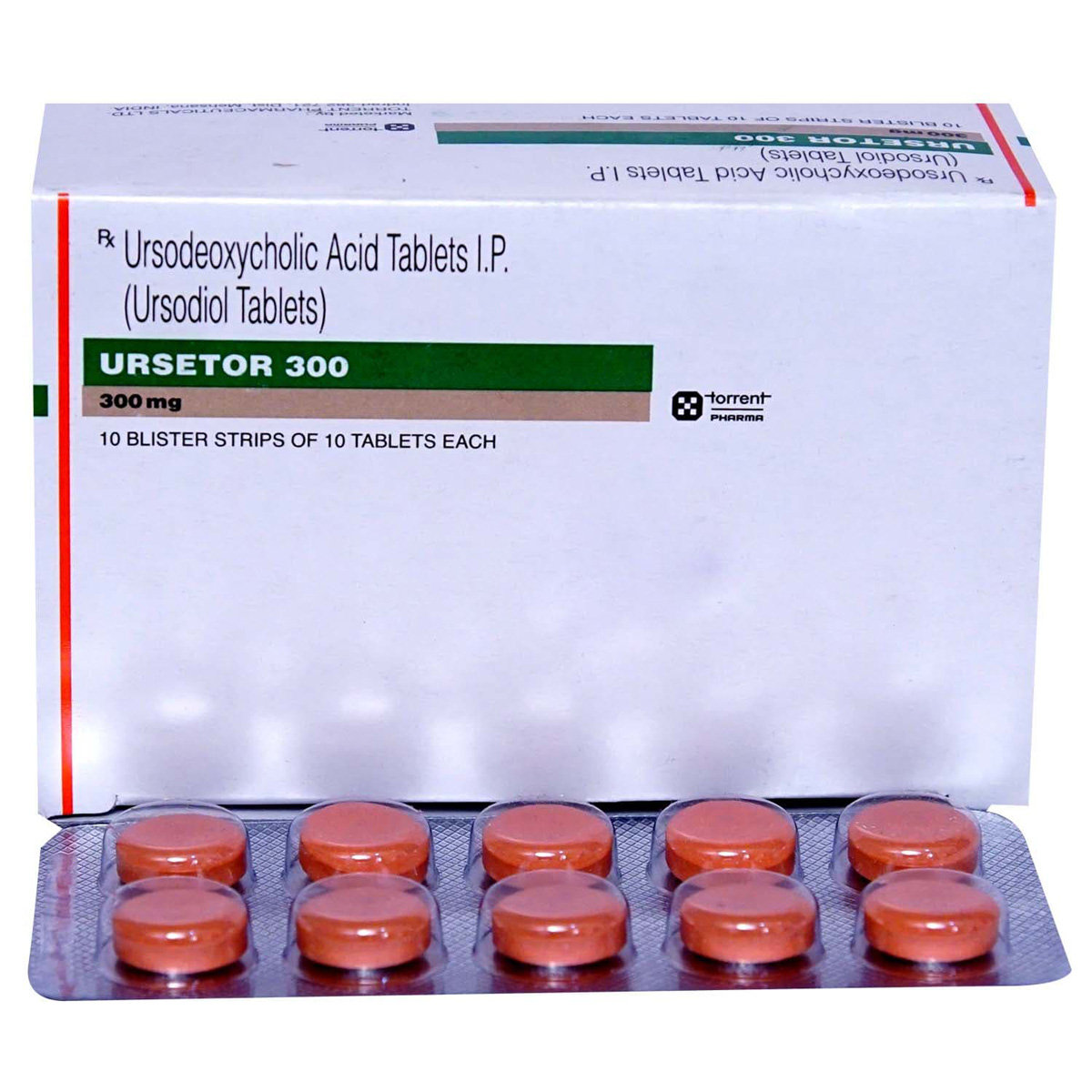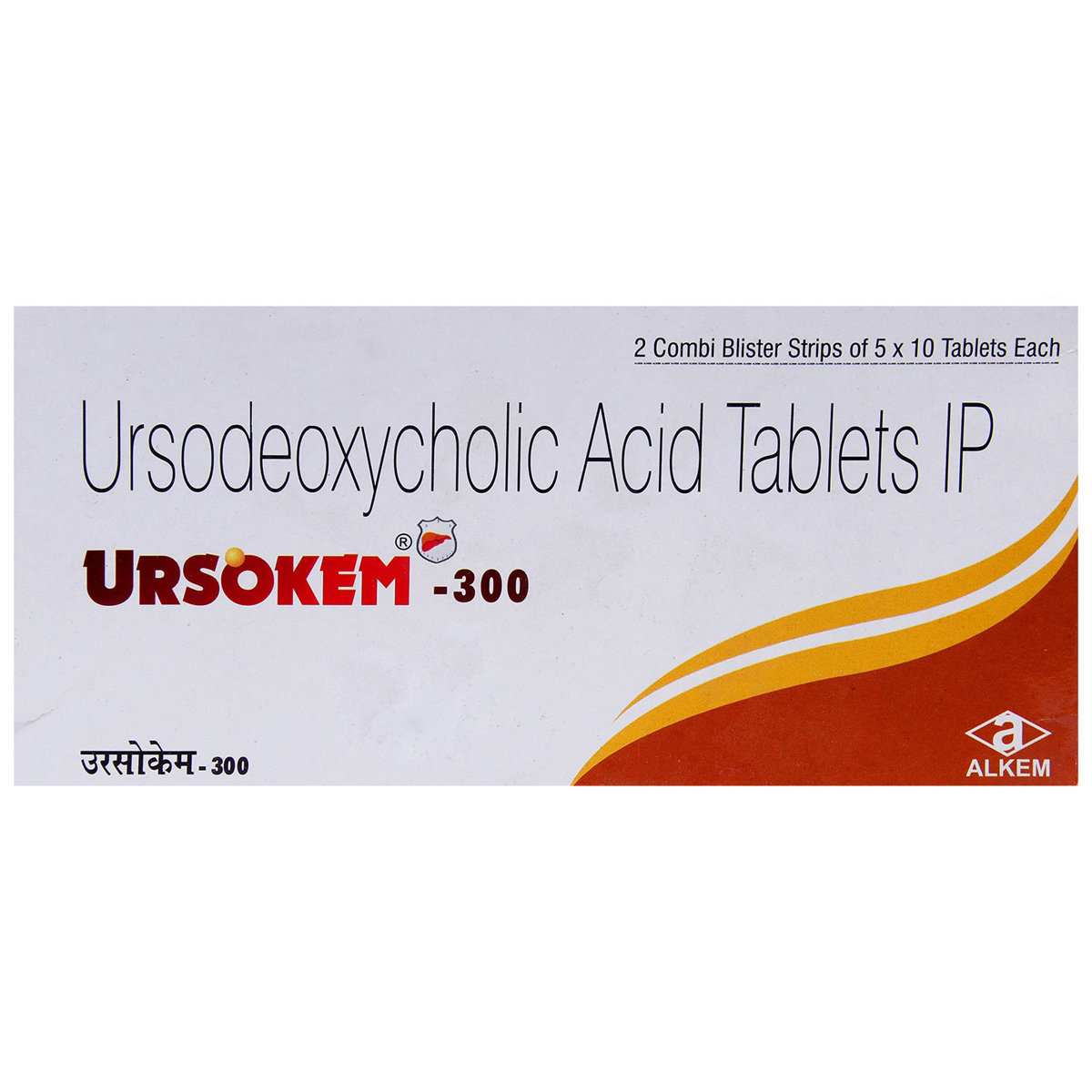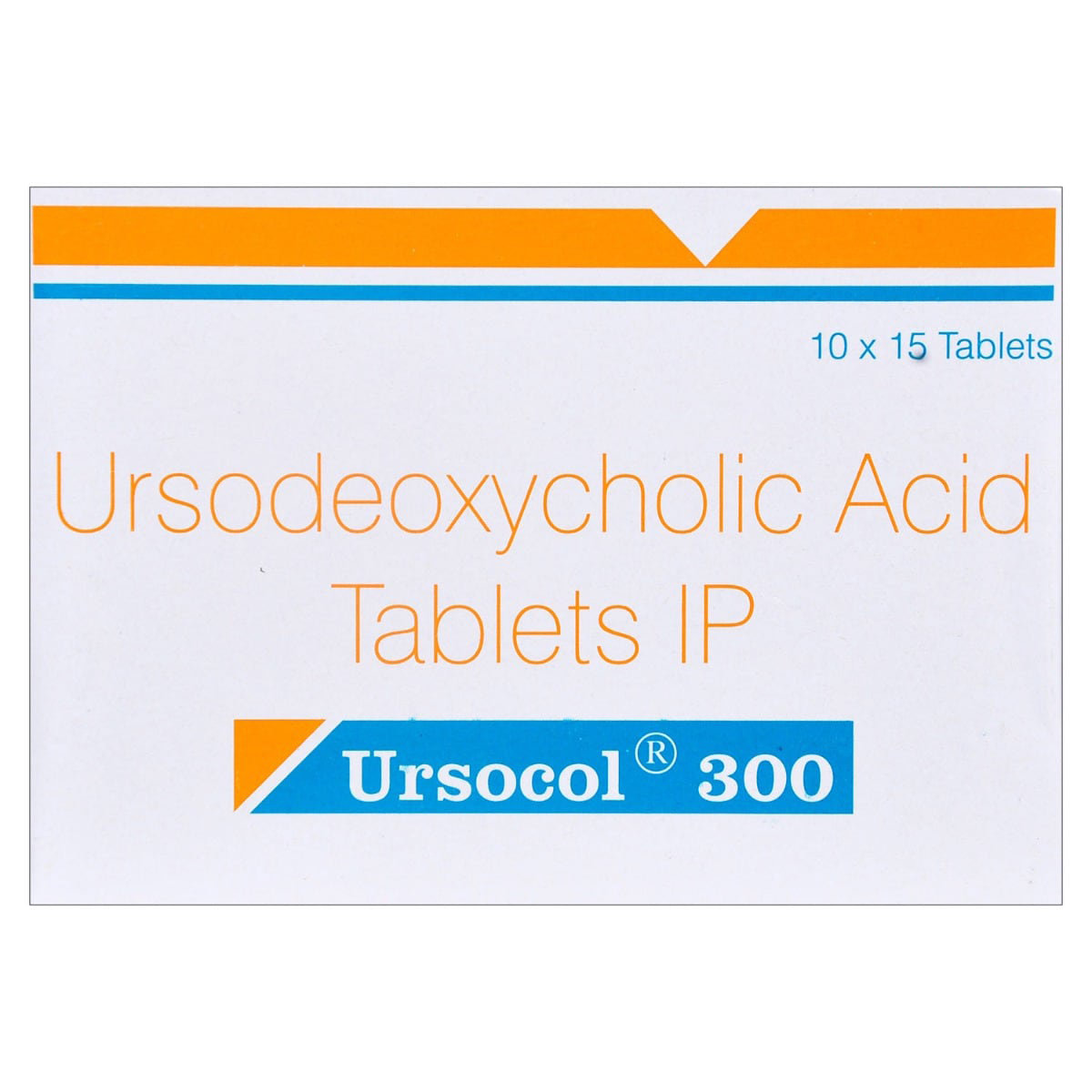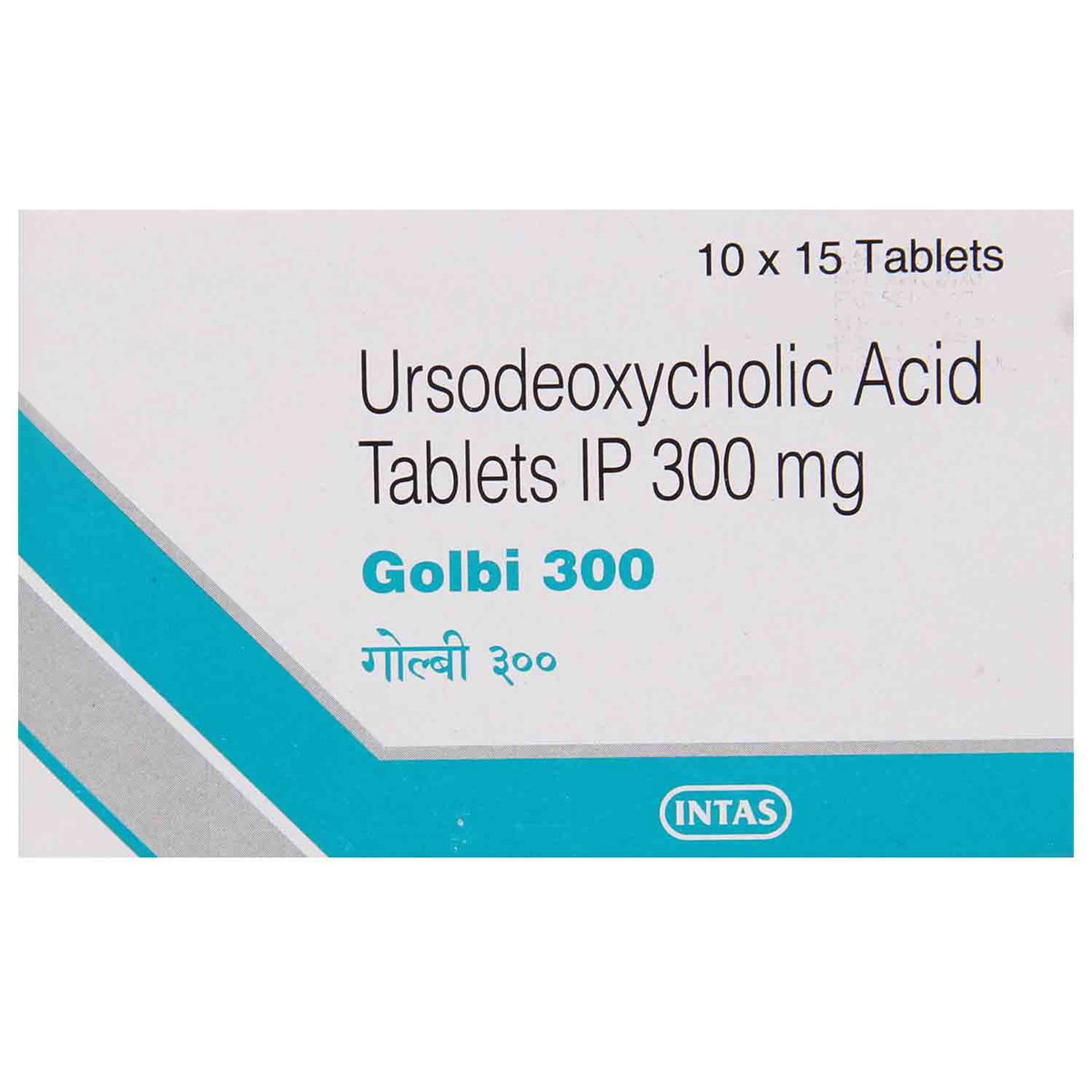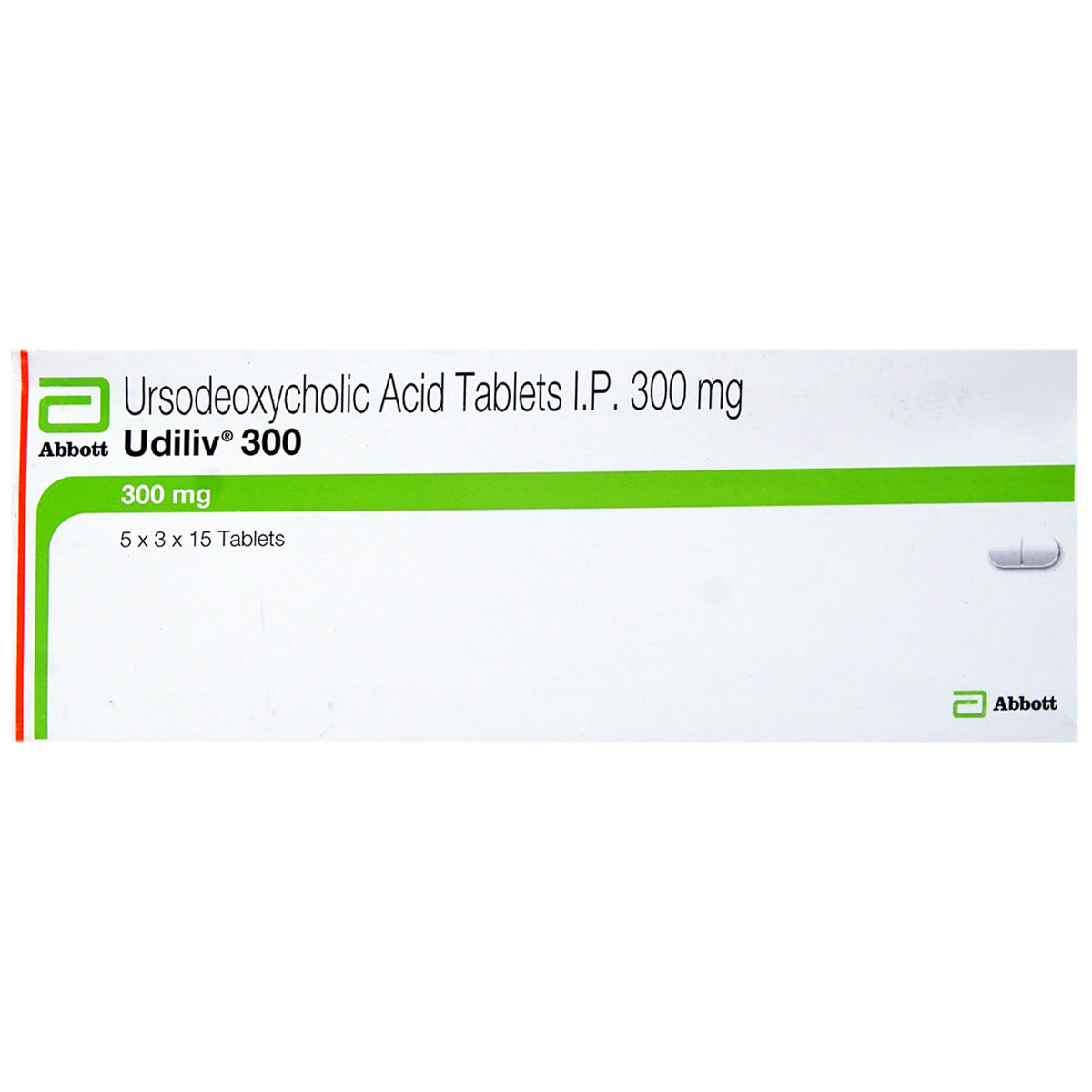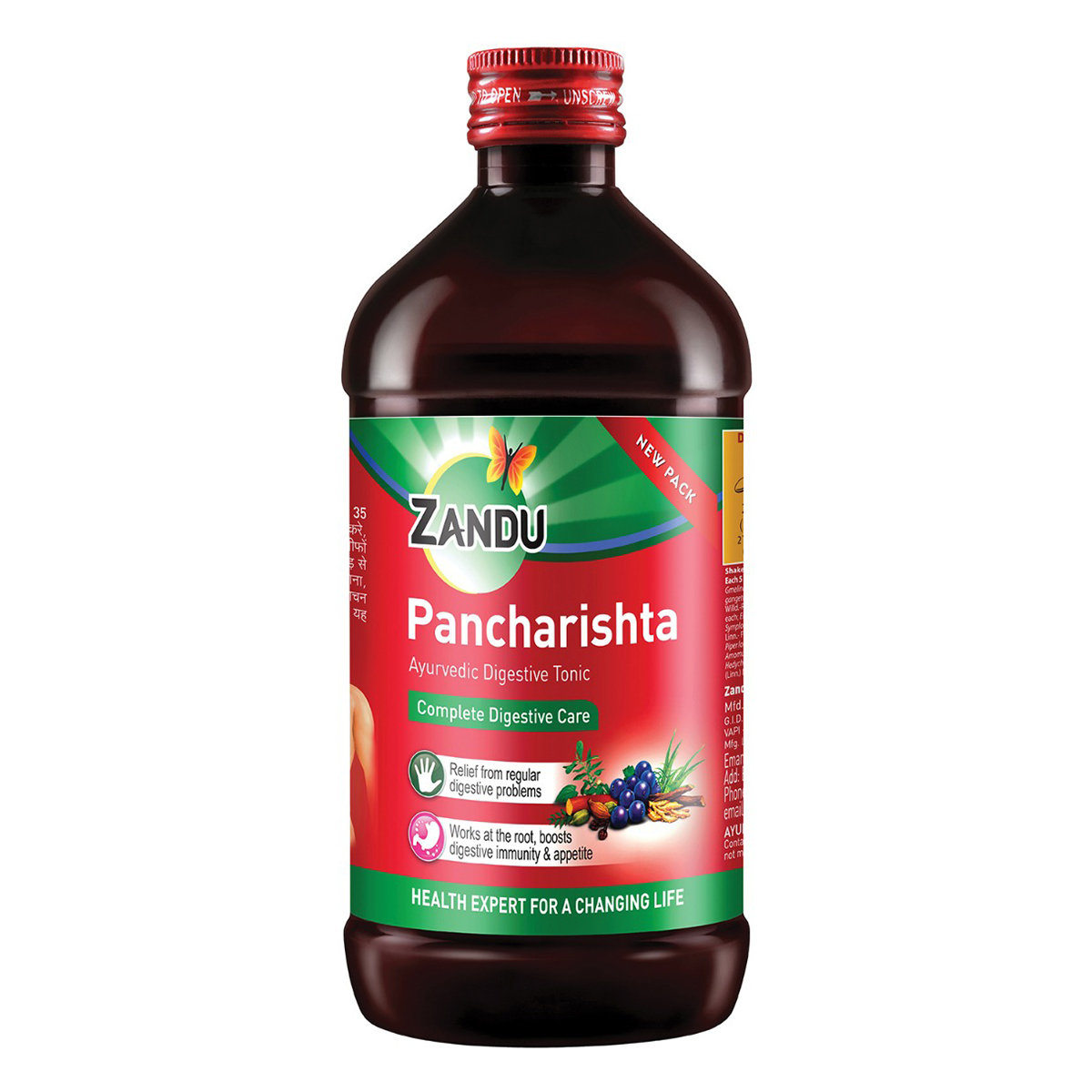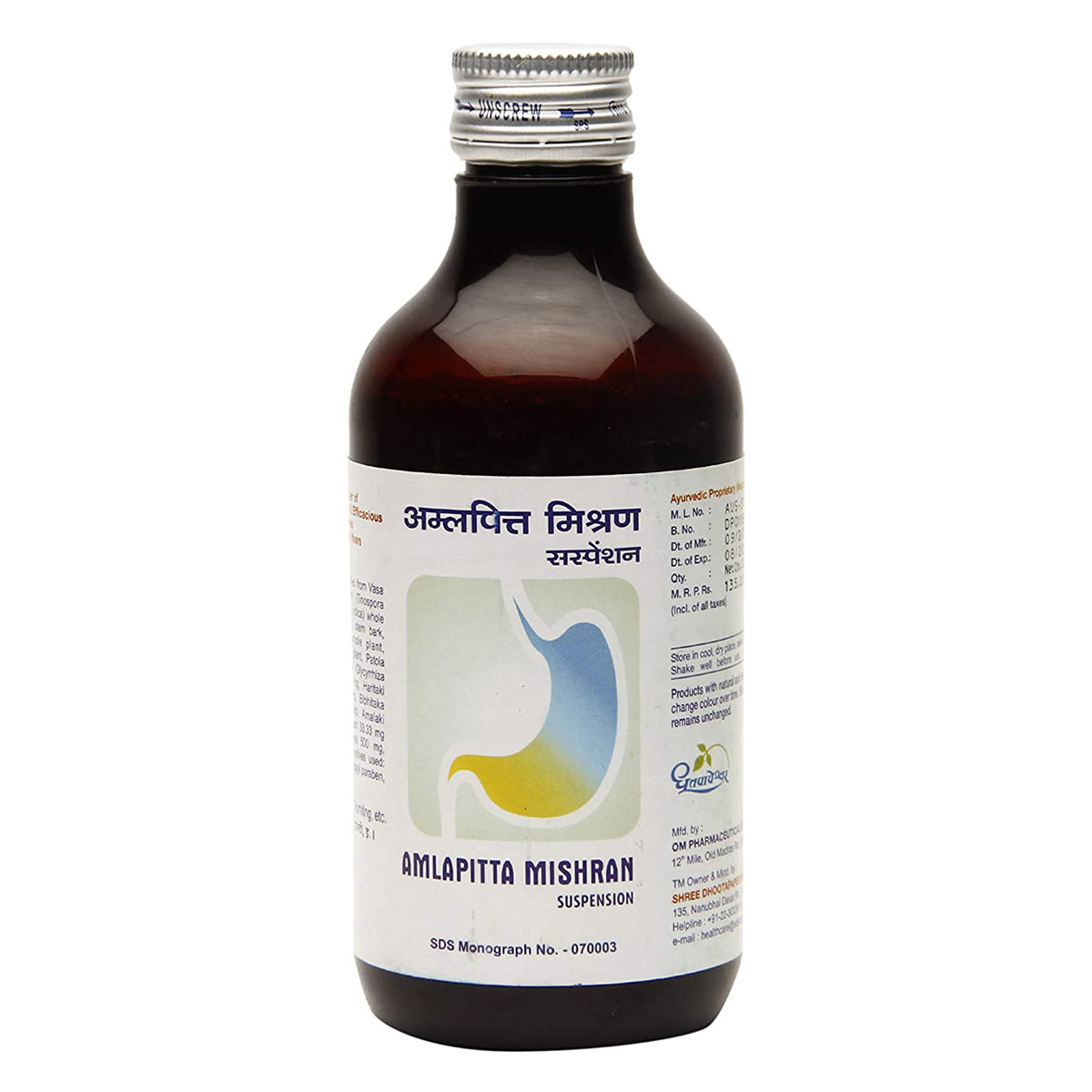Hepexa 300 mg Tablet
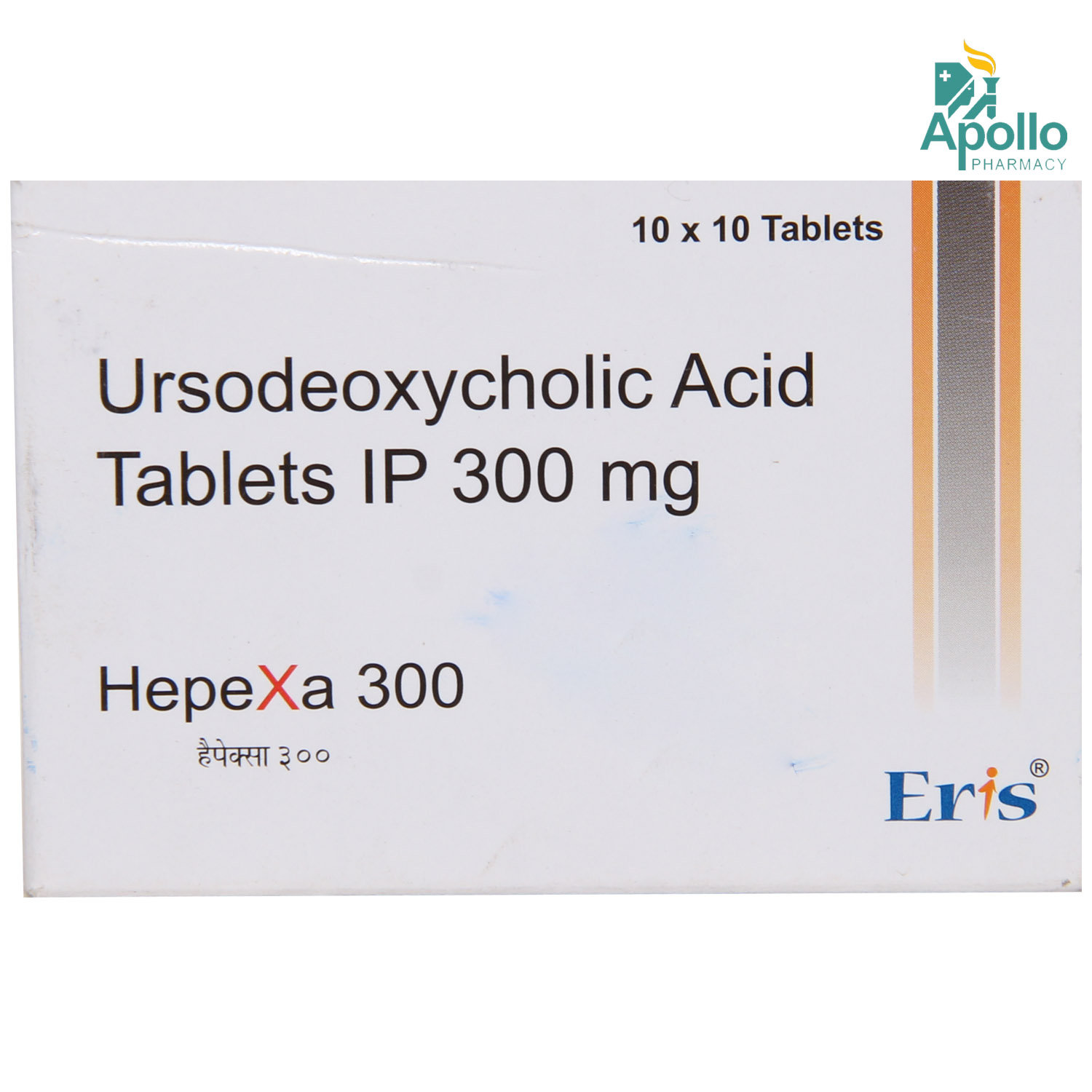


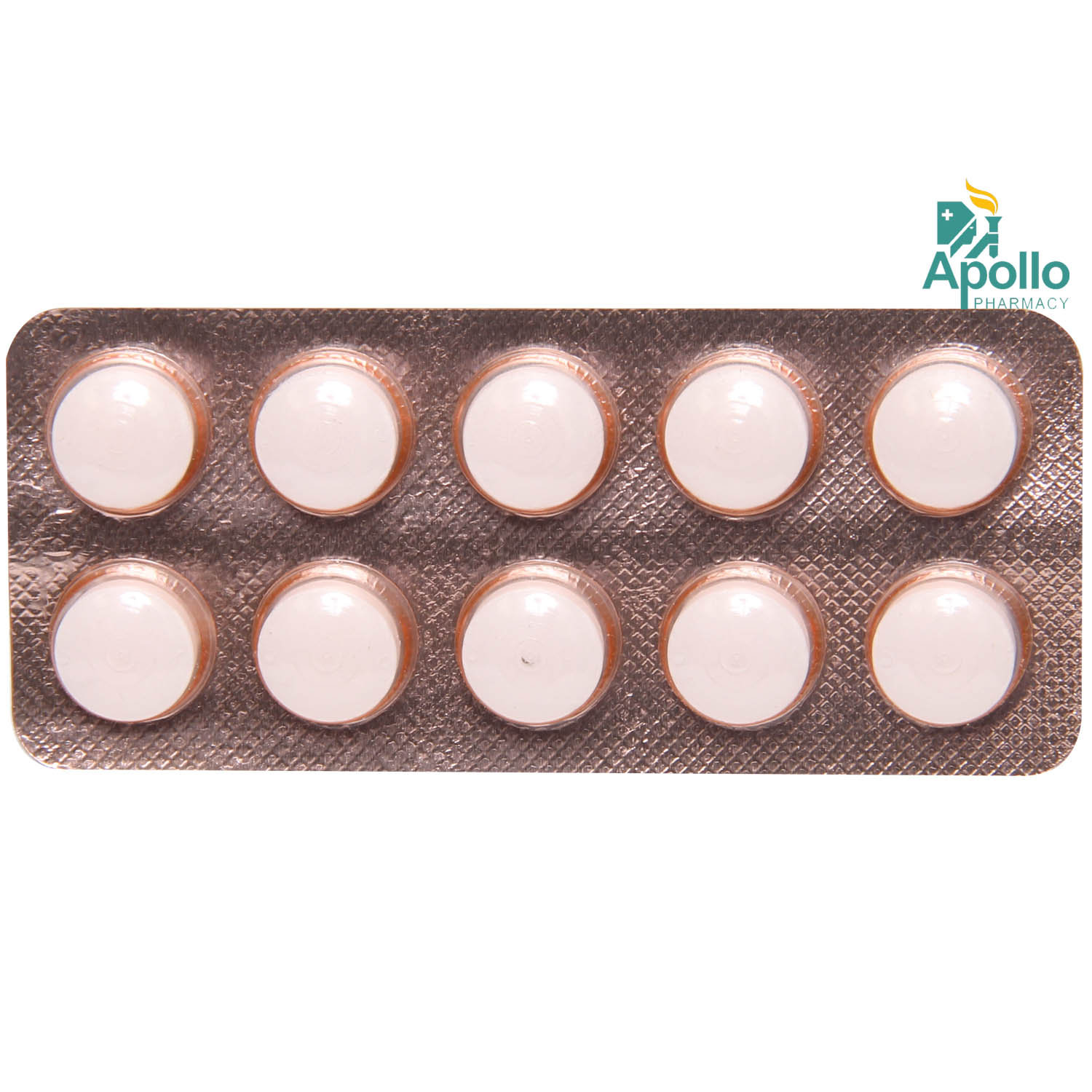

MRP ₹400
(Inclusive of all Taxes)
₹60.0 Cashback (15%)
know your delivery time
Provide Delivery Location
Composition :
Manufacturer/Marketer :
Consume Type :
Expires on or after :
Return Policy :

Secure Payment

Trusted by 8 Crore Indians

Genuine Products
Therapeutic Class
Country of origin
Manufacturer/Marketer address
Author Details
We provide you with authentic, trustworthy and relevant information
Disclaimer
Alcohol
Safe if prescribed
Avoid consumption of alcohol while taking Hepexa 300 mg Tablet as it may cause increased dizziness and liver damage.
Pregnancy
Consult your doctor
Hepexa 300 mg Tablet belongs to pregnancy category B. Please consult your doctor if you have any concerns regarding this, your doctor will prescribe only if the benefits outweigh the risks.
Breast Feeding
Consult your doctor
Consult your doctor before taking Hepexa 300 mg Tablet ; your doctor will decide whether Hepexa 300 mg Tablet can be taken by breastfeeding mothers or not.
Driving
Safe if prescribed
Hepexa 300 mg Tablet does not affect your ability to drive. However, you are advised to be cautious while driving if you experience dizziness.
Liver
Consult your doctor
Dose adjustment may be needed in patients with liver impairment. Please consult your doctor if you have a liver impairment or any concerns regarding this.
Kidney
Consult your doctor
Dose adjustment may be needed in patients with kidney impairment. Please consult your doctor if you have kidney impairment or any concerns regarding this.
Children
Safe if prescribed
Hepexa 300 mg Tablet can be given to children with caution above 6 years and only if prescribed by the doctor.
Product Substitutes
About Hepexa 300 mg Tablet
Hepexa 300 mg Tablet belongs to a group of medicines called the biliary agents or gall stone dissolution agents used to treat gall stones, primary biliary cholangitis (an autoimmune disease of the liver), excess cholesterol in bile and children above 6years with biliary and liver diseases caused by cystic fibrosis.
Hepexa 300 mg Tablet contains ursodeoxycholic acid, which is a naturally-occurring bile acid. Hepexa 300 mg Tablet helps decrease the production of cholesterol in the blood, thereby dissolving gall bladder stones composed mainly of cholesterol. Hepexa 300 mg Tablet has a protective effect on the liver cells from injury caused due to toxic bile acids and improves liver function.
Take Hepexa 300 mg Tablet with food. You are advised to take Hepexa 300 mg Tablet for as long as your doctor has prescribed it for you depending on your medical condition. In some cases, you may experience certain common side-effects such as abdominal discomfort, abdominal pain, diarrhoea, nausea, rash, dizziness, indigestion and weakness. Most of these side-effects do not require medical attention and will resolve gradually over time. However, you are advised to talk to your doctor if you experience these side-effects persistently.
Inform your doctor before taking Hepexa 300 mg Tablet if you have variceal bleeding (high blood pressure in portal veins), ascites (excess abdominal fluid), liver encephalopathy or liver disease. Do not take Hepexa 300 mg Tablet if you are pregnant or breastfeeding unless prescribed. Hepexa 300 mg Tablet can be given to children above 6 years if prescribed by the doctor. Avoid consuming alcohol along with Hepexa 300 mg Tablet as it could lead to increased drowsiness and liver damage. Keep your doctor informed about your health condition and medicines to rule out any side-effects.
Uses of Hepexa 300 mg Tablet
Medicinal Benefits Mweb
Key Benefits
Hepexa 300 mg Tablet contains ursodeoxycholic acid, which is a naturally-occurring bile acid. It belongs to a group of medicines called the biliary agent or gall stone dissolution agents used to treat gall stones, primary biliary cholangitis (an autoimmune disease of the liver), excess cholesterol in bile children above 6 years with biliary and liver diseases caused by cystic fibrosis. Hepexa 300 mg Tablet breaks down the cholesterol that has formed into gall bladder stones, thereby dissolves the stones. Hepexa 300 mg Tablet has a protective effect on the liver cells and the immune system, thereby improving liver function. Hepexa 300 mg Tablet decreases the amount of cholesterol produced by the liver and absorbed by the intestine. In patients with primary biliary cirrhosis, Hepexa 300 mg Tablet increases the bile flow.
Directions for Use
Side Effects of Hepexa 300 mg Tablet
- Abdominal discomfort
- Abdominal pain
- Diarrhoea
- Nausea
- Fever
- Cough
- Rash
- Dizziness
- Indigestion
- Black or tarry stools
- Frequent and painful urination
- Weakness
Drug Warnings
Do not take Hepexa 300 mg Tablet if you are allergic to any of its contents, if you have inflammation of gall bladder and bile ducts, narrowing or blockage bile ducts, biliary colic, calcified gallstones, improper constriction of the gallbladder, gastric or duodenal ulcer. Inform your doctor before taking Hepexa 300 mg Tablet if you have variceal bleeding (high blood pressure in portal veins), ascites (excess abdominal fluid), liver encephalopathy or liver disease. Consult your doctor before taking Hepexa 300 mg Tablet with other medicines as Hepexa 300 mg Tablet might reduce the absorption of antibiotics (ciprofloxacin and dapsone) and antihypertensive agents (nitrendipine), increase the effect of immunosuppressants (cyclosporine), oral contraceptives (oestrogen) and cholesterol-lowering agents (clofibrate) might promote the formation of gallstones. Do not take Hepexa 300 mg Tablet if you are pregnant or breastfeeding unless prescribed. Hepexa 300 mg Tablet can be given to children above 6 years if prescribed by the doctor. Avoid consuming alcohol along with Hepexa 300 mg Tablet as it could lead to increased drowsiness and liver damage. Keep your doctor informed about your health condition and medicines to rule out any unpleasant side-effects.
Drug-Drug Interactions
Drug-Drug Interactions
Login/Sign Up
Drug-Food Interactions
Drug-Food Interactions
Login/Sign Up
Drug-Diseases Interactions
Drug-Diseases Interactions
Login/Sign Up
Drug-Drug Interactions Checker List
- CIPROFLOXACIN
- DAPSONE
- CYCLOSPORINE
- ESTROGEN
- ALUMINUM HYDROXIDE
- ALUMINUM CARBONATE
- NITRENDIPINE
- MAGALDRATE
Habit Forming
Special Advise
- Your doctor may advice regular liver function test to monitor the function of the liver and the progress of the treatment.
- Hepexa 300 mg Tablet may rarely cause thinning and loss of hair, if there is excessive loss of hair consult your doctor for further advice.
Diet & Lifestyle Advise
- Include foods such as bell peppers, citrus fruits, leafy vegetables, tomatoes, milk, fish, low-fat dairy, beans, nuts, lentils, tofu and tempeh in your diet.
- Eat a healthy, well-balanced diet which includes fruits and vegetables.
- Foods rich in Vitamin B, C and calcium, are good for gallbladder.
- Plant-based protein foods such as beans, nuts, lentils, tofu and tempeh help prevent gallbladder disease.
- Avoid high-fat, trans-fat and processed foods.
- White bread, white pasta and sugars should be avoided.
- Avoid tobacco and alcohol consumption.
All Substitutes & Brand Comparisons
RX
Ursobiac 300 mg Tablet 10's
Mylan Pharmaceuticals Pvt Ltd
₹290
(₹26.1 per unit)
27% CHEAPERRX
Ulifine 300 Tablet 10's
Fine Formulations
₹365
(₹32.85 per unit)
8% CHEAPERRX
Udirise 300 Tablet 10's
Lifeline Healthcare Pvt Ltd
₹365
(₹32.85 per unit)
8% CHEAPER

Have a query?
Buy best Gastro Enterology products by
Abbott India Ltd
Sun Pharmaceutical Industries Ltd
Alkem Laboratories Ltd
Cipla Ltd
Torrent Pharmaceuticals Ltd
Intas Pharmaceuticals Ltd
Mankind Pharma Pvt Ltd
Lupin Ltd
Dr Reddy's Laboratories Ltd
Aristo Pharmaceuticals Pvt Ltd
Alembic Pharmaceuticals Ltd
Wallace Pharmaceuticals Pvt Ltd
La Renon Healthcare Pvt Ltd
Leeford Healthcare Ltd
Macleods Pharmaceuticals Ltd
J B Chemicals & Pharmaceuticals Ltd
Zydus Healthcare Ltd
Micro Labs Ltd
Zydus Cadila
Fourrts India Laboratories Pvt Ltd
Morepen Laboratories Ltd
Zuventus Healthcare Ltd
FDC Ltd
Eris Life Sciences Ltd
Cadila Pharmaceuticals Ltd
Medishri Healthcare Pvt Ltd
Alniche Life Sciences Pvt Ltd
Medley Pharmaceuticals Ltd
Tas Med India Pvt Ltd
Signova Pharma
Tablets India Ltd
Elder Pharmaceuticals Ltd
Wockhardt Ltd
Emcure Pharmaceuticals Ltd
Sanatra Healthcare Ltd
Glenmark Pharmaceuticals Ltd
Blue Cross Laboratories Pvt Ltd
East West Pharma India Pvt Ltd
Hetero Drugs Ltd
Indoco Remedies Ltd
Vasu Organics Pvt Ltd
Biological E Ltd
Primus Remedies Pvt Ltd
Akumentis Healthcare Ltd
Corona Remedies Pvt Ltd
Pfizer Ltd
Albert David Ltd
DR Johns Lab Pharma Pvt Ltd
Ajanta Pharma Ltd
Cadila Healthcare Ltd
Ipca Laboratories Ltd
Ordain Health Care Global Pvt Ltd
Systopic Laboratories Pvt Ltd
Ozone Pharmaceuticals Ltd
Foregen Healthcare Ltd
Medgen Drugs And Laboratories Pvt Ltd
Panacea Biotec Ltd
Samarth Life Sciences Pvt Ltd
Shine Pharmaceuticals Ltd
Adonis Laboratories Pvt Ltd
Dey's Medical Stores (Mfg) Ltd
Eskag Pharma Pvt Ltd
Hetero Healthcare Pvt Ltd
Indchemie Health Specialities Pvt Ltd
Meyer Organics Pvt Ltd
RPG Life Sciences Ltd
Troikaa Pharmaceuticals Ltd
Biochem Pharmaceutical Industries Ltd
Shreya Life Sciences Pvt Ltd
Sinsan Pharmaceuticals Pvt Ltd
3M India Ltd
Chemo Healthcare Pvt Ltd
Levin Life Sciences Pvt Ltd
Meridian Enterprises Pvt Ltd
Overseas Health Care Pvt Ltd
Saf Fermion Ltd
Sanzyme Pvt Ltd
Steris Healthcare
USV Pvt Ltd
Seagull Pharmaceutical Pvt Ltd
Votary Laboratories (India) Ltd
Win Medicare Ltd
Yuventis Pharmaceuticals
Aar Ess Remedies Pvt Ltd
Caplet India Pvt Ltd
Piramal Enterprises Ltd
Sanofi India Ltd
Cnx Health Care Pvt Ltd
Galpha Laboratories Ltd
Intra Labs India Pvt Ltd
Kinesis Pharmaceuticals Pvt Ltd
Msn Laboratories Pvt Ltd
Olcare Laboratories Pvt Ltd
Rapross Pharmaceuticals Pvt Ltd
Ronyd Healthcare Pvt Ltd
Saffron Therapeutics Pvt Ltd
Solariz Healthcare Pvt Ltd
Syndicate Life Sciences Pvt Ltd
Aurz Pharmaceutical Pvt Ltd
Biophar Lifesciences Pvt Ltd
Frequently Bought Together
₹103.3
MRP ₹124
17% off
4
+₹185.4
MRP ₹206
10% off
1
+₹270.7
MRP ₹318.5
15% off
1
+
_0.jpg?tr=q-85)



